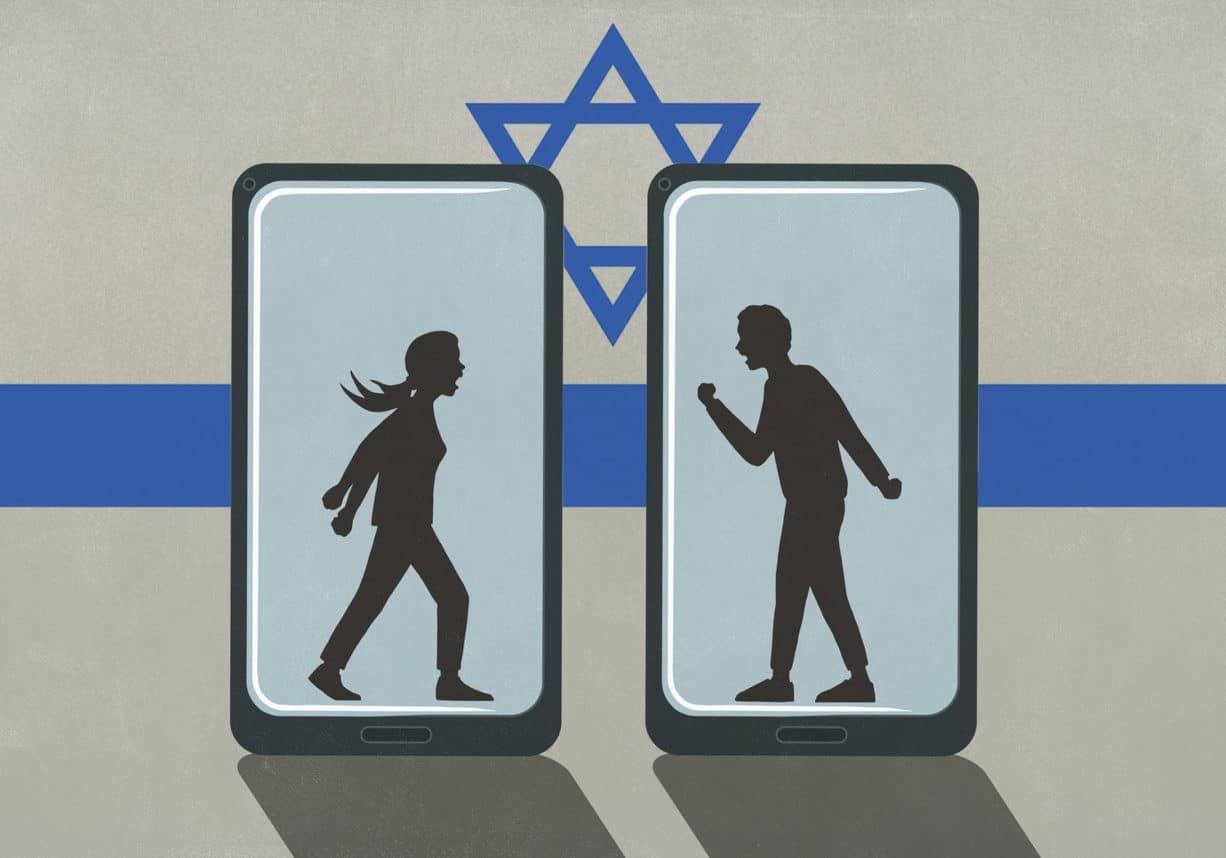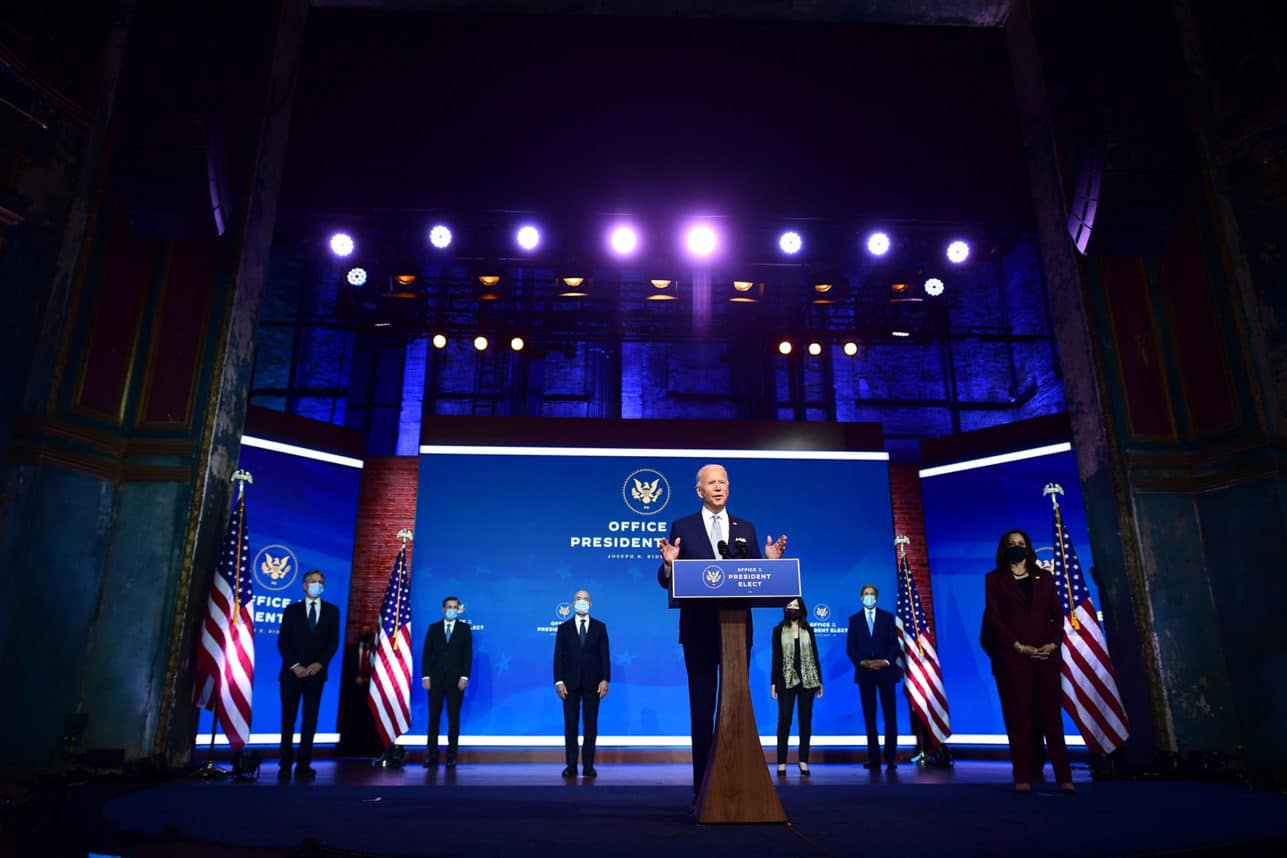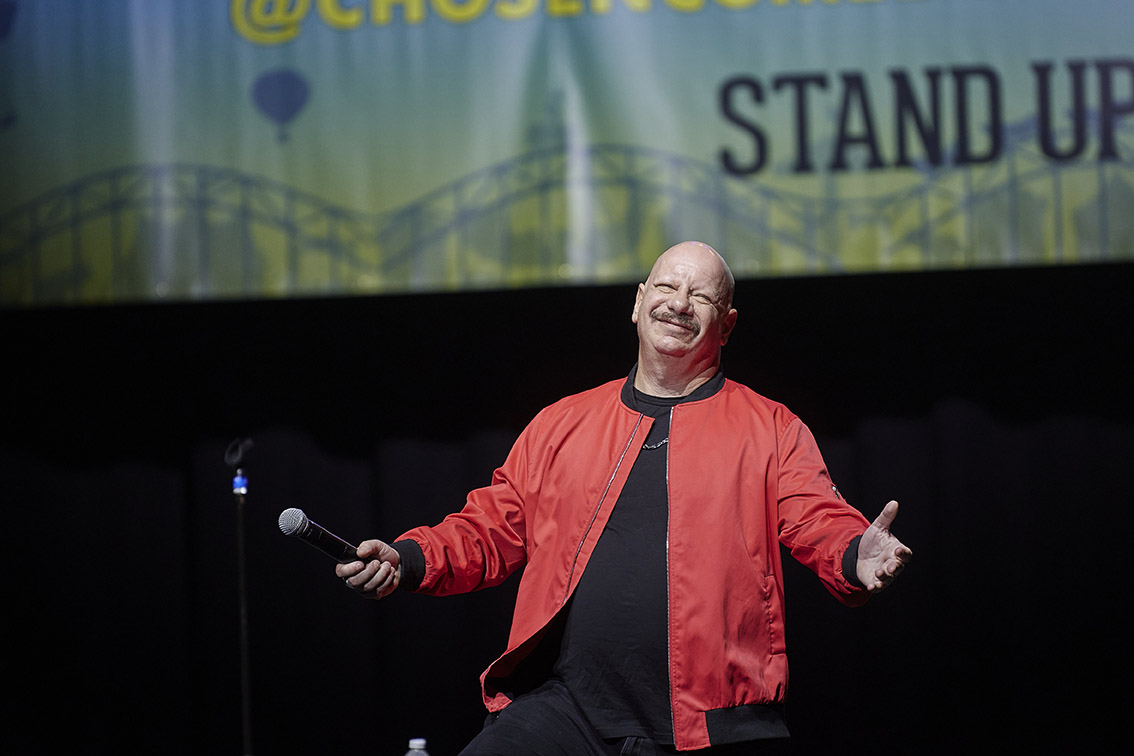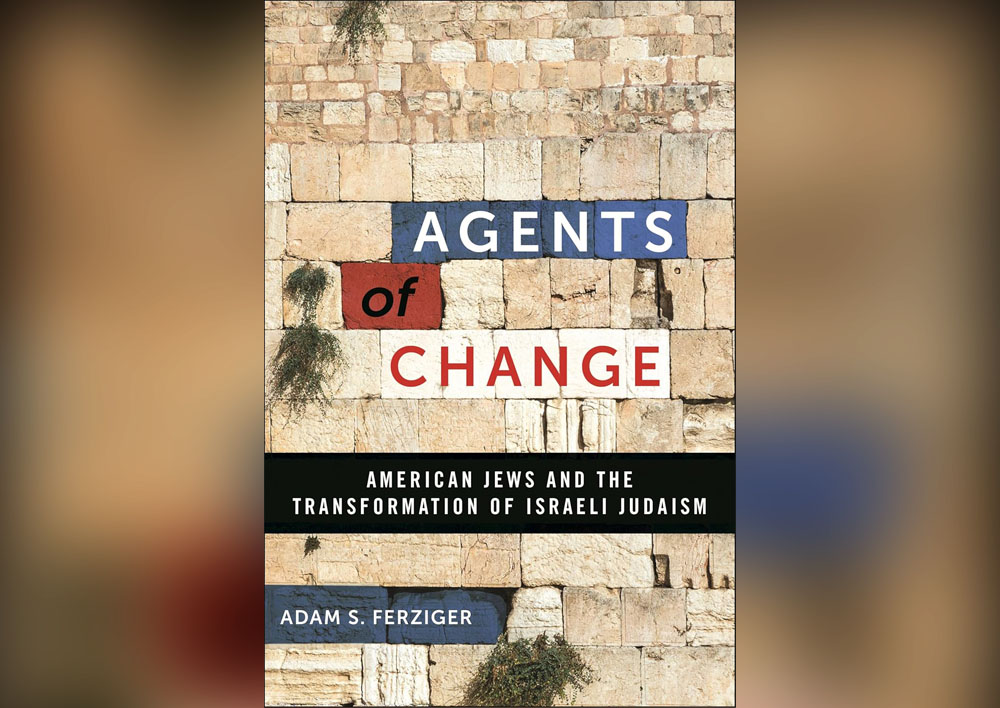Prof. Len Saxe of Brandeis University was reading the Workmen’s Circle latest survey and drew a lesson from it that is surprisingly obvious – but more surprisingly still, one that needs to be highlighted. Since this survey effectively ends the debate over the “distancing” of young Jews from Israel (my long paper on distancing can be found here), Saxe suggests that next time we avoid debating views that contradict facts:
Debate over the distancing hypothesis has animated scholars and policy wonks over the last decade, but perhaps it can be put to rest… as we move to more profound questions, we should pause to try to draw lessons from the recent debate. The specifics of American Jewish attitudes to Israel notwithstanding, one lesson is how we attend to data. Do we privilege instincts, anecdotes, or even theoretical assumptions over quality data? How we manage the incongruence of our perceptions and actual data is not only an issue for those of us who study the Jewish community, but also for those who lead it.
Have something to say about this? Join the debate at Rosner’s Domain on Facebook
This debate about handling and interpreting data is at the core of my exchange with Prof. Steven Cohen – we’ve already posted installments 1, 2 and 3, of it, and will keep posting next week. But what Saxe is focused on is the conclusion drawn by Cohen, the leading scholar on whose work the distancing infrastructures were built, that young Jewish Americans are in fact closer to Israel than their older cohorts. And please note, Cohen doesn’t retract “distancing” – he just believes that the course has been reversed:
The big news – we think – is that we have evidence of a turnaround in the frequently observed long-term slide in attachment to Israel among successively younger age cohorts. In our study, as in so many others, Israel attachment levels are lower among those ages 35-44 than among those 45-54, who are in turn less attached than those ages 55-64. But in contrast with previous studies including my own, we have the first statistically significant results pointing to higher attachment among those under 35.
So, are we all on the same page now? We are when it comes to current distancing – there is no such thing. We are not when it comes to distancing in the past. Saxe says: No distancing now, not distancing earlier in time. Cohen says: We were able – by the force of our actions – to stop distancing from increasing. In other words: Saxe gives the credit to young Americans Jews who were always smart enough not to distance themselves from Israel. Cohen gives the credit to the Jewish institutions, leaders and philanthropists that acted promptly to bring the young back into the Jewish fold.

































